
กองบรรณาธิการ
ค้นหาข้อมูลเพิ่มเติมเกี่ยวกับโซลูชันการเชื่อมต่อไฟเบอร์ออปติก
-
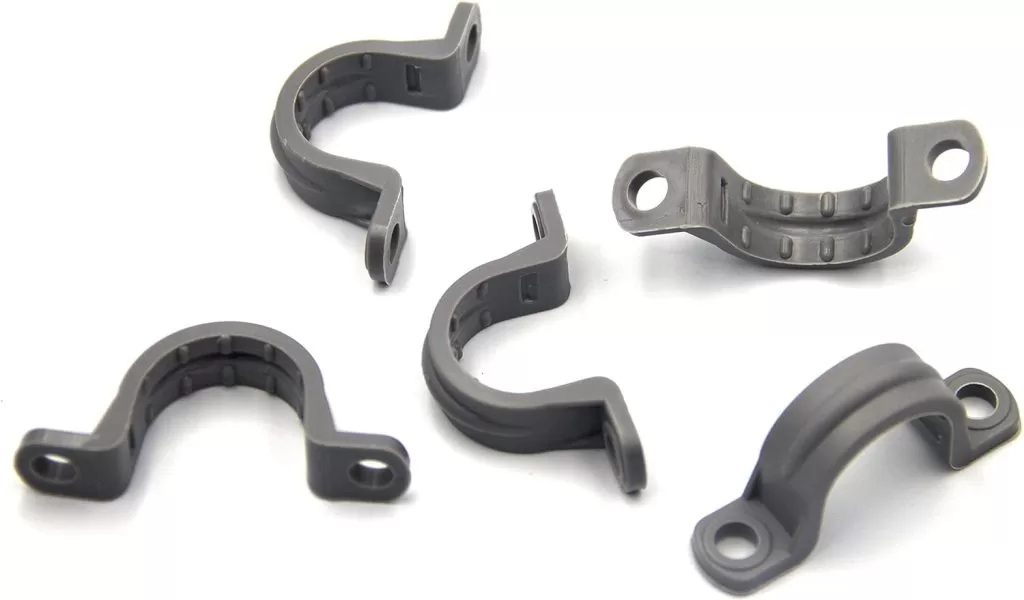
ปรับปรุงระบบท่อพีวีซีของคุณด้วยสายรัดท่อพีวีซีขนาด 1/2 นิ้วของเรา
•
At FiberCheap, we understand the importance of a well-structured and secure piping system for any residential, commercial, or industrial setting. That’s why we’re proud to introduce our 1/2″ PVC Pipe Straps, a reliable solution for securing PVC pipes and conduits in place. These two-hole plastic conduit straps are designed to
-
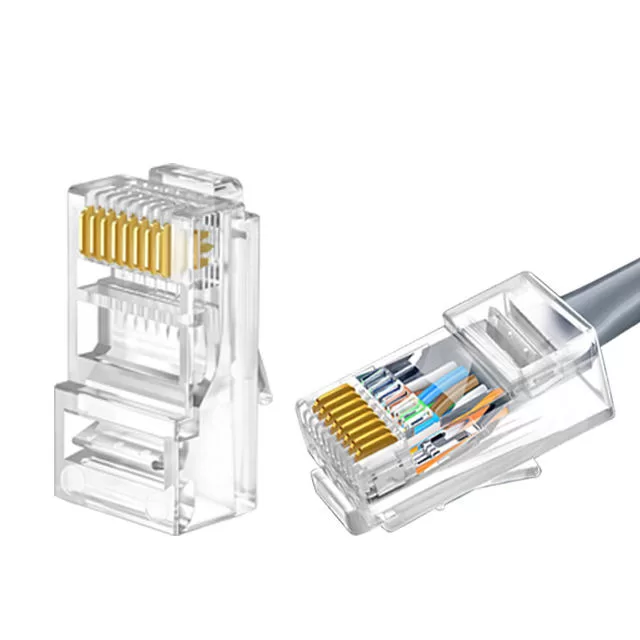
Introducing the Cat5e RJ45 Connector: Upgrade Your Network Performance
•
Whether you’re setting up a home office, expanding your business network, or simply connecting devices within your home, a high-quality Cat5e RJ45 connector is a must-have accessory. That’s why we’re excited to introduce our Cat5e RJ45 Connector, the perfect solution for all your networking needs. Designed to meet or exceed
-
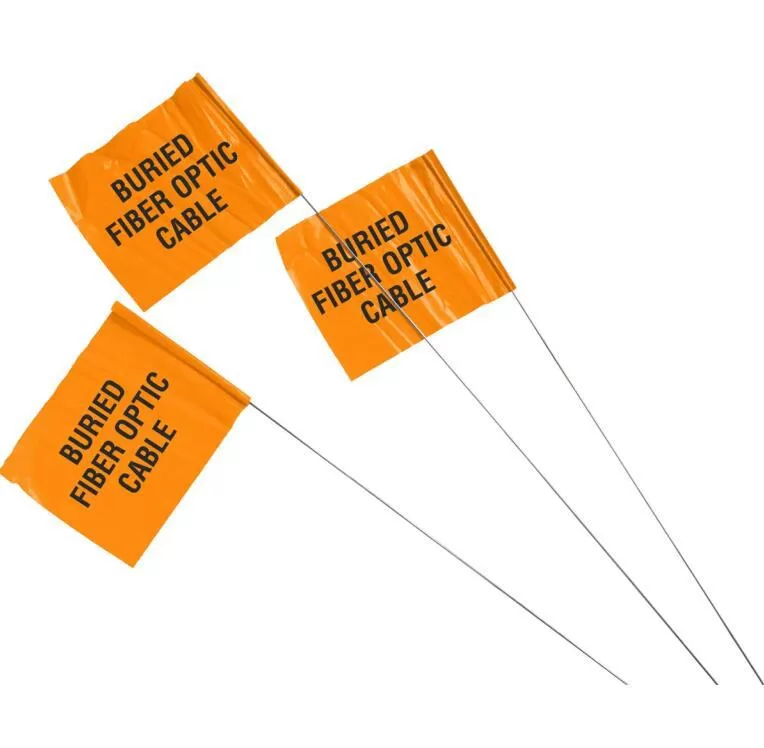
Introducing the Buried Fiber Optic Cable Stock PVC Marking Flag
•
With the increasing number of buried fiber optic cables, identifying and locating them can be a challenging task. That’s where our Buried Fiber Optic Cable Stock PVC Marking Flag comes in. Designed specifically for use in underground applications, our PVC marking flags are the perfect solution for identifying and marking
-
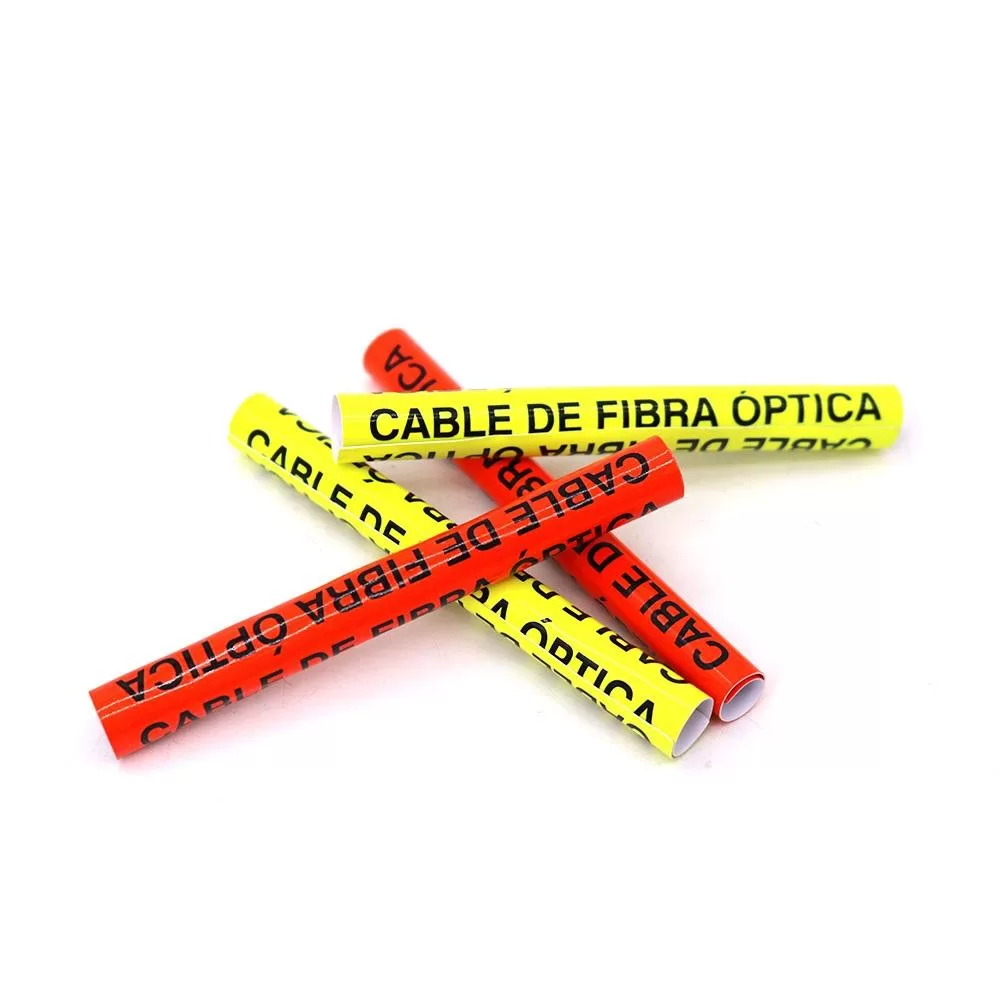
จัดระเบียบสายเคเบิลไฟเบอร์ออปติกของคุณให้เป็นระเบียบและระบุด้วยฉลากพันรอบแบบยาว
•
Maintaining clear and accurate identification of fiber optic cables is crucial in both Outside Plant (OSP) and Fiber-To-The-Home (FTTH) deployments. Long wrap-around labels offer a reliable and efficient solution for marking your cables, ensuring smooth installation, maintenance, and future troubleshooting. Enhanced Visibility: The extended length of these labels allows for
-
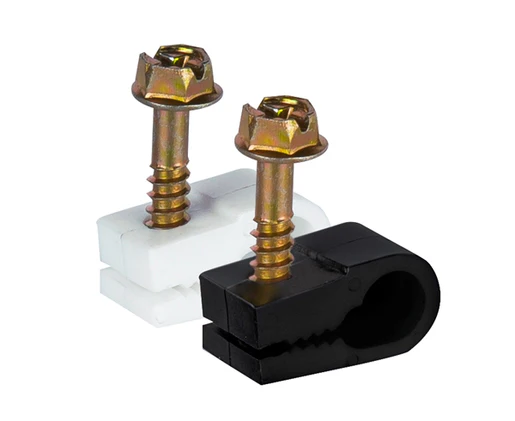
เก็บสายเคเบิลของคุณให้เป็นระเบียบและป้องกันด้วยคลิปหนีบสายเคเบิลแบบเกลียว
•
Are you tired of tangled wires and unsightly cables cluttering up your home or office? Look no further than our premium Screw-in Cable Clip, the ultimate solution for all your cable management needs. With its innovative design and durable construction, our cable clip is the perfect way to keep your
-
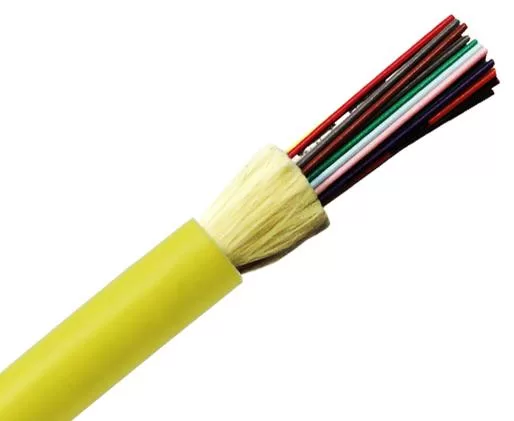
ยกระดับการเชื่อมต่อภายในอาคารด้วยสายเคเบิลไฟเบอร์ OFNP แบบ Plenum ที่มีการกระจายบัฟเฟอร์แน่น
•
Upgrade your network infrastructure with our high-performance Tight Buffer Distribution Plenum OFNP Fiber Cable, featuring OS2 Corning fiber for dependable data transmission indoors. This cable is ideal for data centers, enterprise campuses, and anywhere requiring a secure and future-proof cabling solution. Reliable Performance: OS2 Corning fiber ensures long-distance, high-bandwidth data
-
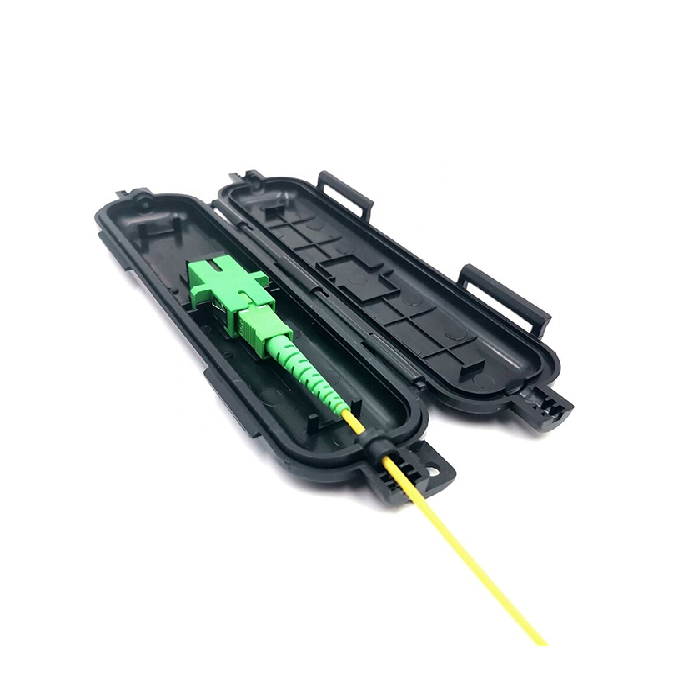
เพิ่มประสิทธิภาพเครือข่ายใยแก้วนำแสงด้วยกล่องป้องกันสายเคเบิลแบบหล่นขนาดเล็กของเรา
•
When it comes to safeguarding and optimizing your fiber optic network, our Mini Fiber Drop Cable Protect Box stands out as a reliable solution that ensures top-notch protection and functionality. Designed to meet the demands of modern telecommunications infrastructure, this innovative product offers a compact and durable housing for securing
-
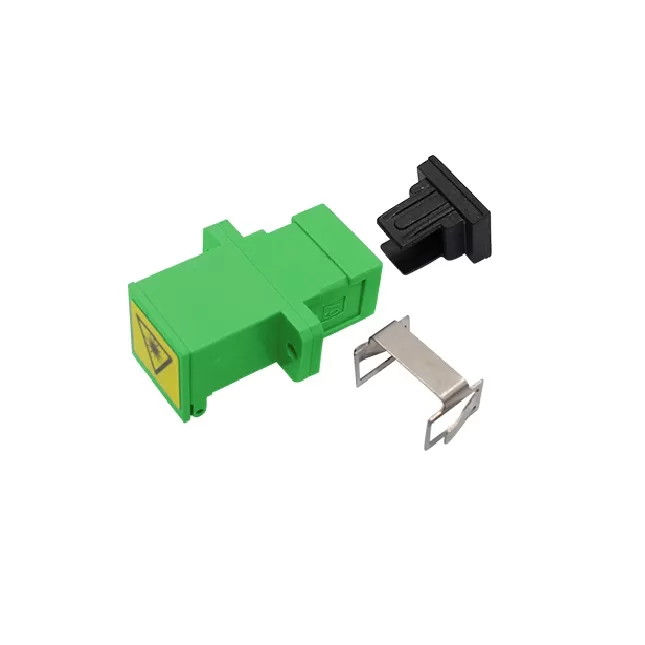
คู่มือขั้นสูงสำหรับอะแดปเตอร์ไฟเบอร์ออปติกชัตเตอร์ SC/APC
•
In today’s fast-paced digital world, reliable and efficient fiber optic connections are paramount for seamless data transmission. At FiberCheap, we’re dedicated to pushing the boundaries of fiber optic technology with our cutting-edge SC/APC Shutter Fiber Optic Adapter. This innovative product not only enhances the performance of your fiber optic network
-
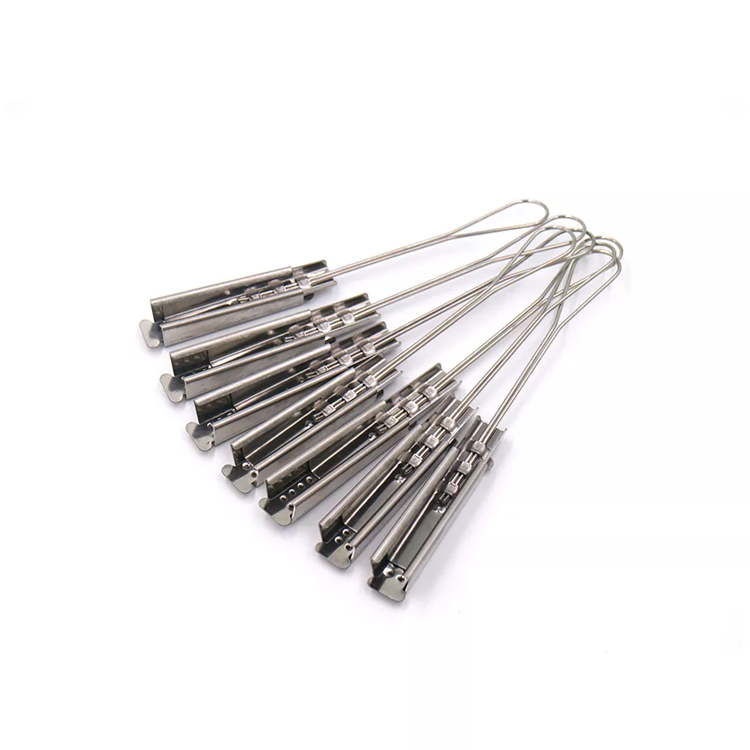
รักษาความปลอดภัยเครือข่าย FTTH ของคุณ: คำแนะนำเกี่ยวกับแคลมป์ยึดสายเคเบิลไฟเบอร์แบบหล่น FTTH แบบสเตนเลส
•
The growing demand for high-speed internet has fueled the rapid expansion of Fiber-To-The-Home (FTTH) networks. These networks rely on fiber optic cables to deliver ultra-fast and reliable internet connections directly to residential and business premises. However, securing these delicate fiber optic cables during aerial installations is crucial for optimal network
-
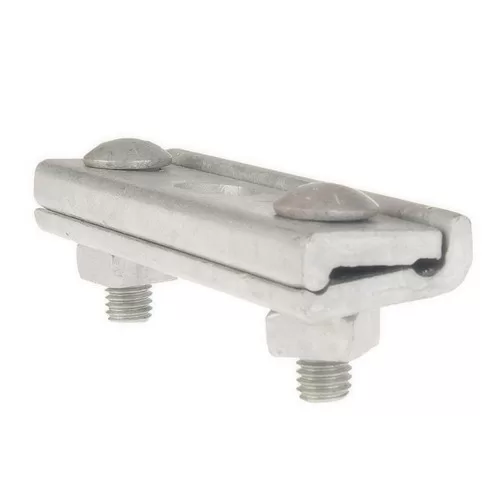
A Guide to 3 Bolt Suspension Cable Clamps
•
In the world of industrial applications, safe and reliable cable suspension is paramount. 3 bolt suspension cable clamps offer a robust and versatile solution for securing cables, wires, and messenger strands in various environments. This article delves into the key features, benefits, and specifications of 3 bolt cable clamps, empowering
-
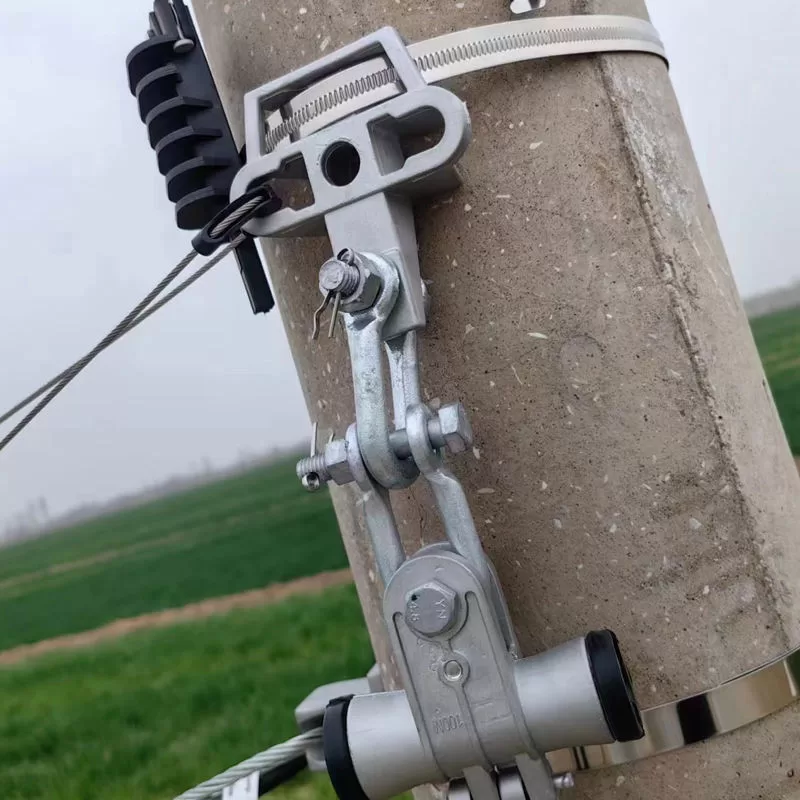
The Universal Pole Bracket UPB: A Versatile Solution for Fiber Optic Cable Deployment
•
The ever-expanding need for high-speed internet connectivity fuels the growth of fiber optic cable infrastructure. But deploying these cables requires robust and adaptable mounting solutions. Enter the Universal Pole Bracket (upb), a game-changer for efficient and secure fiber optic cable installation on various pole types. The UPB is a lightweight
-
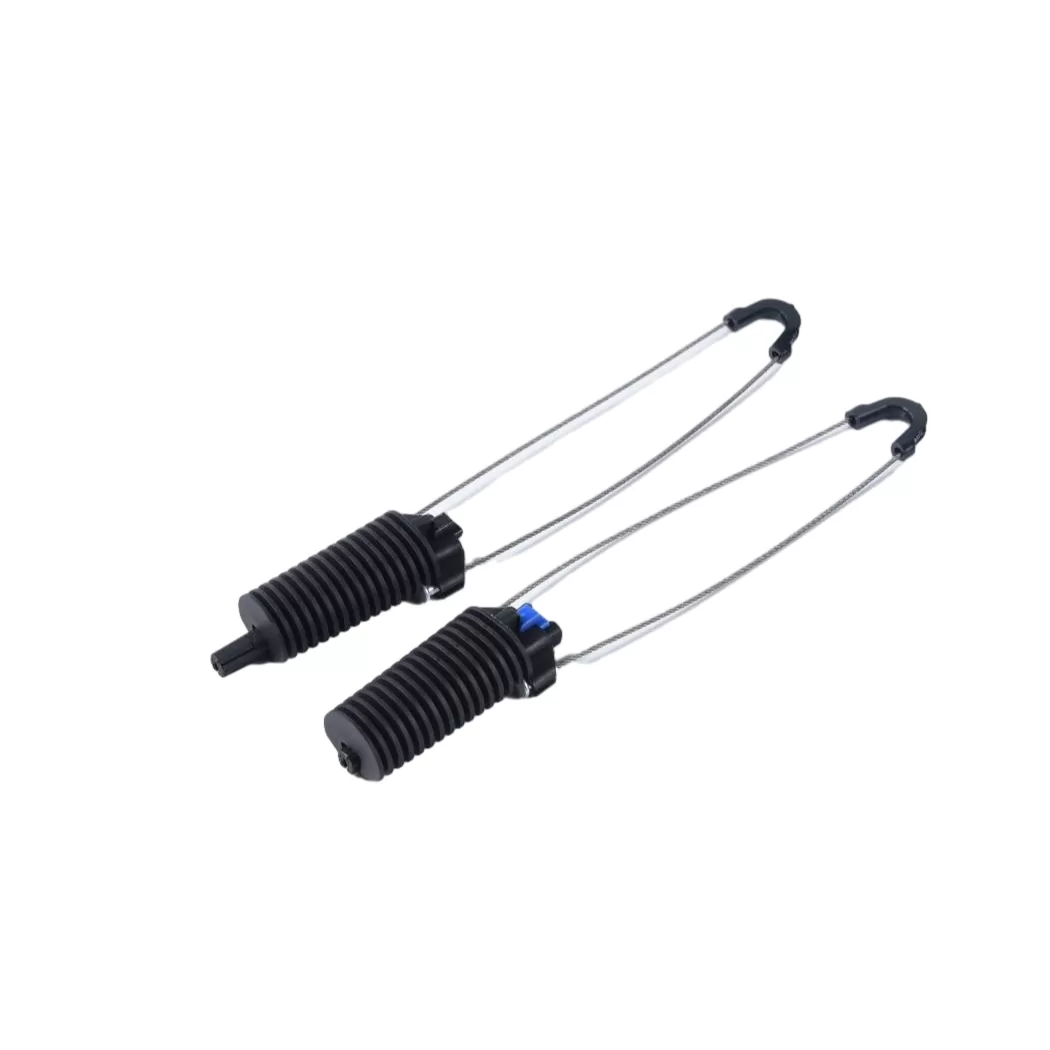
A Guide to Aerial Strain Plastic Anchor Clamps for ADSS Cables
•
Maintaining a reliable and secure overhead cable network is crucial for uninterrupted power transmission and communication. In this context, Aerial Strain Plastic Anchor Clamps (ADSS Anchor Clamps) play a vital role by anchoring Aerial Discharge Self-Supporting (ADSS) cables to poles and other support structures. ADSS Anchor Clamps are lightweight and
-
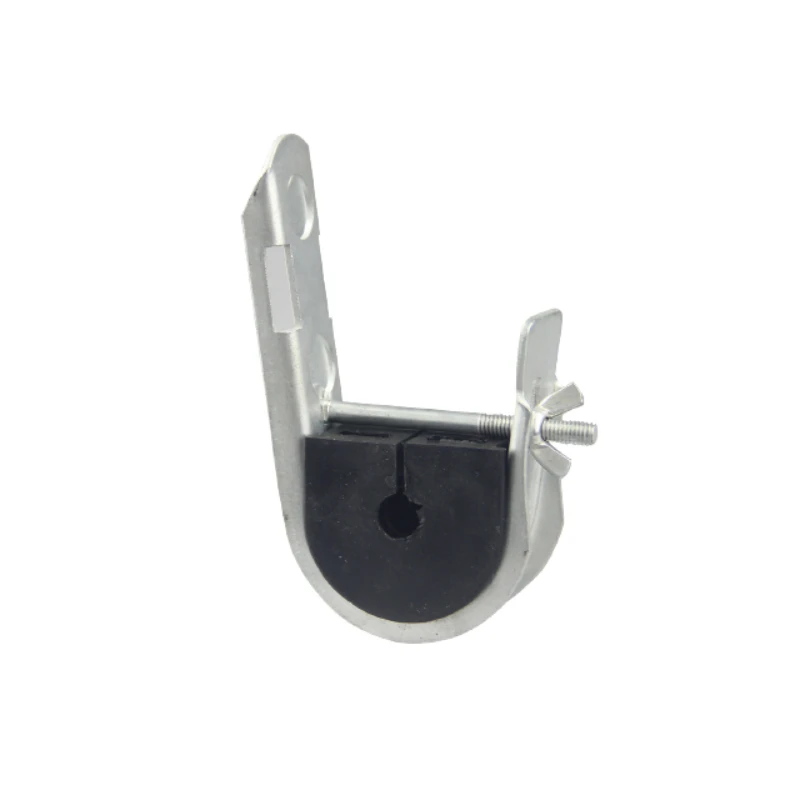
คู่มือที่ครอบคลุมเกี่ยวกับแคลมป์ช่วงล่าง ADSS ประเภท JJ
•
The JJ Type ADSS Suspension Clamp is a crucial component in overhead power line construction, specifically designed for suspending Aerial Discharge Self-Supporting (ADSS) cables. ADSS cables are a popular choice for overhead power lines due to their lightweight, self-supporting design. However, they require specialized clamps for secure suspension. The JJ
-
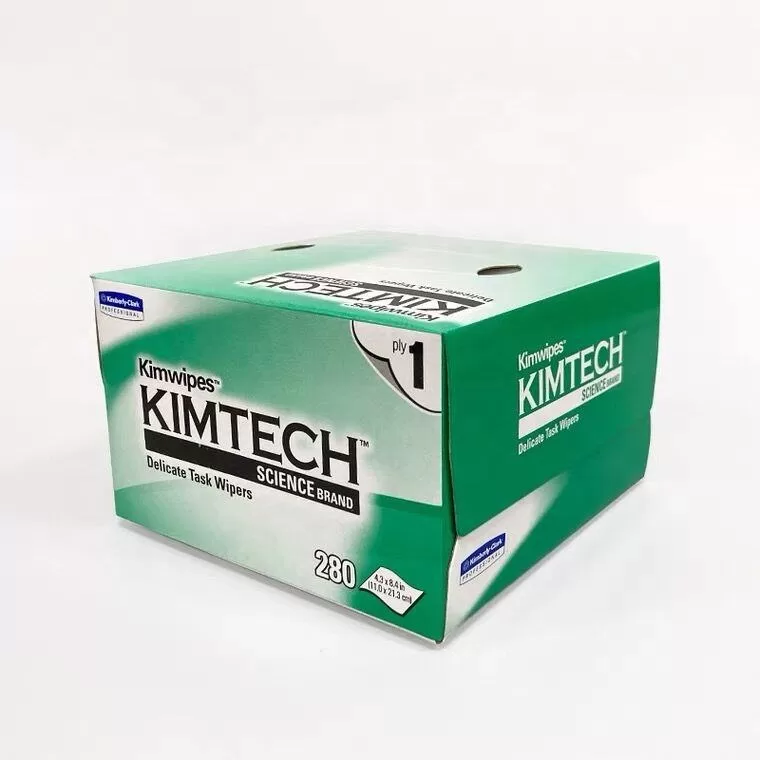
Kimtech Kimwipes สำหรับทำความสะอาดขั้วต่อไฟเบอร์ออปติก
•
Maintaining crystal-clear connections is crucial for optimal performance in today’s high-speed fiber optic networks. Even microscopic contaminants on fiber optic connector end-faces can cause signal attenuation, leading to decreased bandwidth and potential network failures. This is where Kimtech Kimwipes come in. These specially designed wipes are ideal for cleaning fiber
-
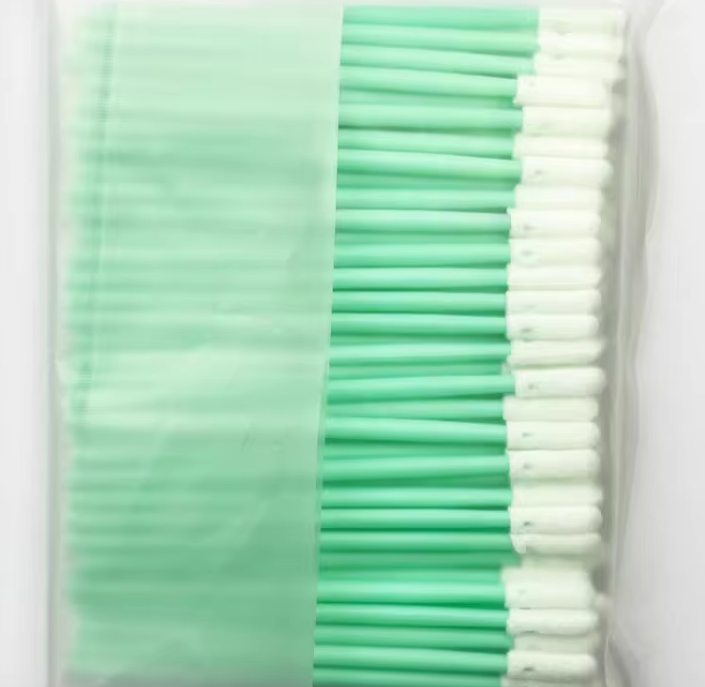
คู่มือการใช้ผ้าเช็ดทำความสะอาดไฟเบอร์ออปติกปลายโฟม
•
Maintaining the cleanliness of fiber optic connectors and adapters is crucial for ensuring optimal network performance. Even microscopic contaminants can introduce signal loss and degrade transmission quality. Foam tipped fiber cleaning swabs are a vital tool for any technician or IT professional working with fiber-optic systems. Foam tipped fiber optic
-
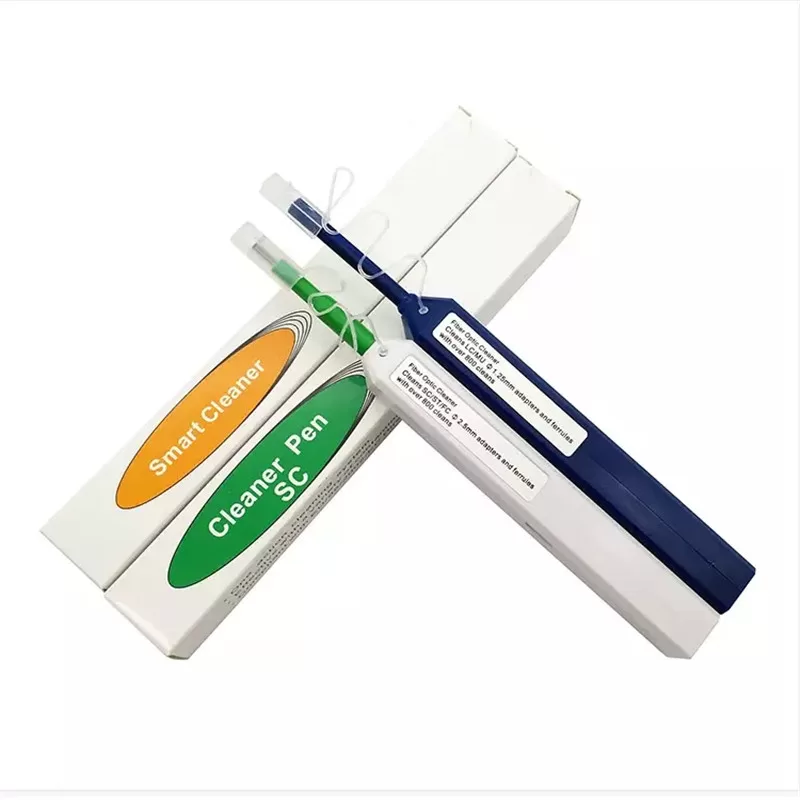
ปากกาทำความสะอาดแบบคลิกเดียว: โซลูชันง่ายๆ สำหรับการรักษาการเชื่อมต่อไฟเบอร์ออปติกของคุณให้สะอาด
•
Maintaining clean fiber optic connections is crucial for ensuring optimal network performance. Even microscopic dust particles can significantly weaken signal transmission. The pen type one-click cleaner offers a quick, convenient, and portable solution for field technicians and data center personnel to keep their fiber optic connectors spotless. The pen type
-
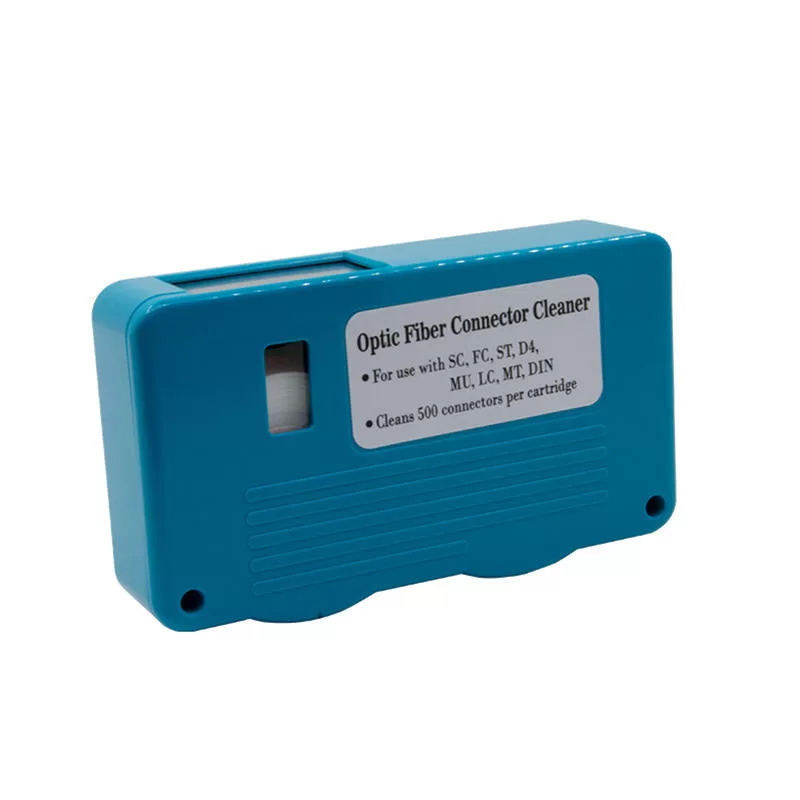
คู่มือการทำความสะอาดเทปคาสเซ็ตต์ไฟเบอร์ออปติกสำหรับตัวเชื่อมต่อไฟเบอร์ออปติก
•
Maintaining clean fiber optic connectors is essential for ensuring optimal signal transmission and network performance. Even microscopic dust particles can significantly attenuate light signals traveling through the fiber core. This is where fiber optic cassette cleaners come in. A fiber optic cassette cleaner is a reusable cleaning tool designed specifically
-

กล่องสิ้นสุดไฟเบอร์ FTB 2 พอร์ต: โซลูชันขนาดกะทัดรัดสำหรับจุดสิ้นสุดเครือข่าย
•
The 2-port FTB fiber termination box, also known as a Network Interface Device (NID) box, is a space-saving solution for terminating fiber optic cables at customer premises in FTTH (Fiber-To-The-Home) applications. It provides a secure and protected environment for connecting the incoming feeder cable to the subscriber’s drop cable. Protection:
-
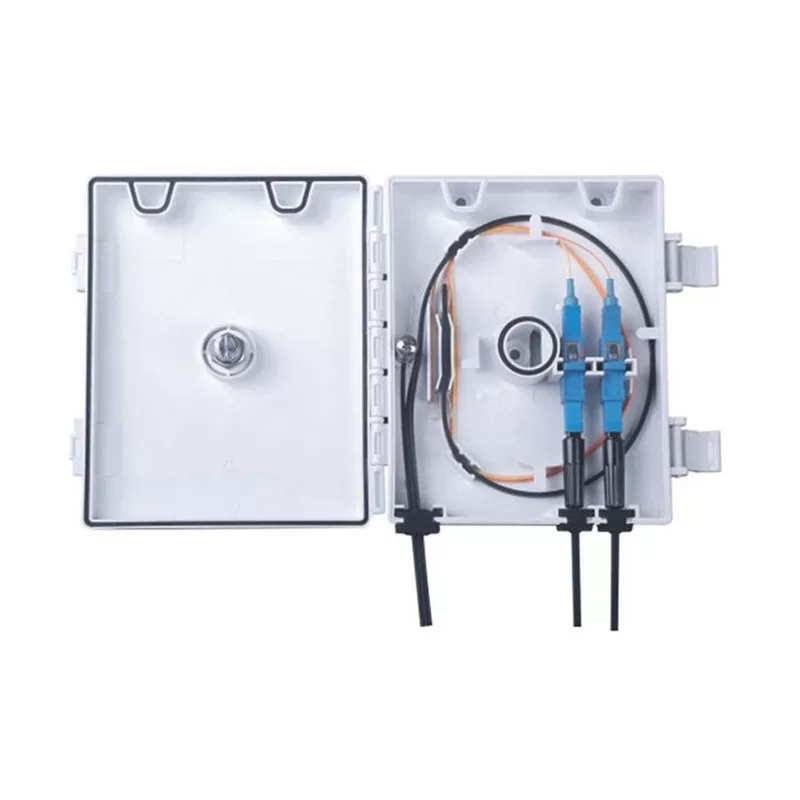
2-Port NID Fiber Box: Streamlining Fiber Connectivity in MDUs
•
Multi-dwelling units (MDUs) like apartment buildings and student housing require efficient solutions for managing fiber optic connections. The 2-port Network Interface Device (NID) fiber box addresses this need by providing a secure and organized enclosure for terminating fiber optic cables at individual units. A 2-port NID fiber box is a
-
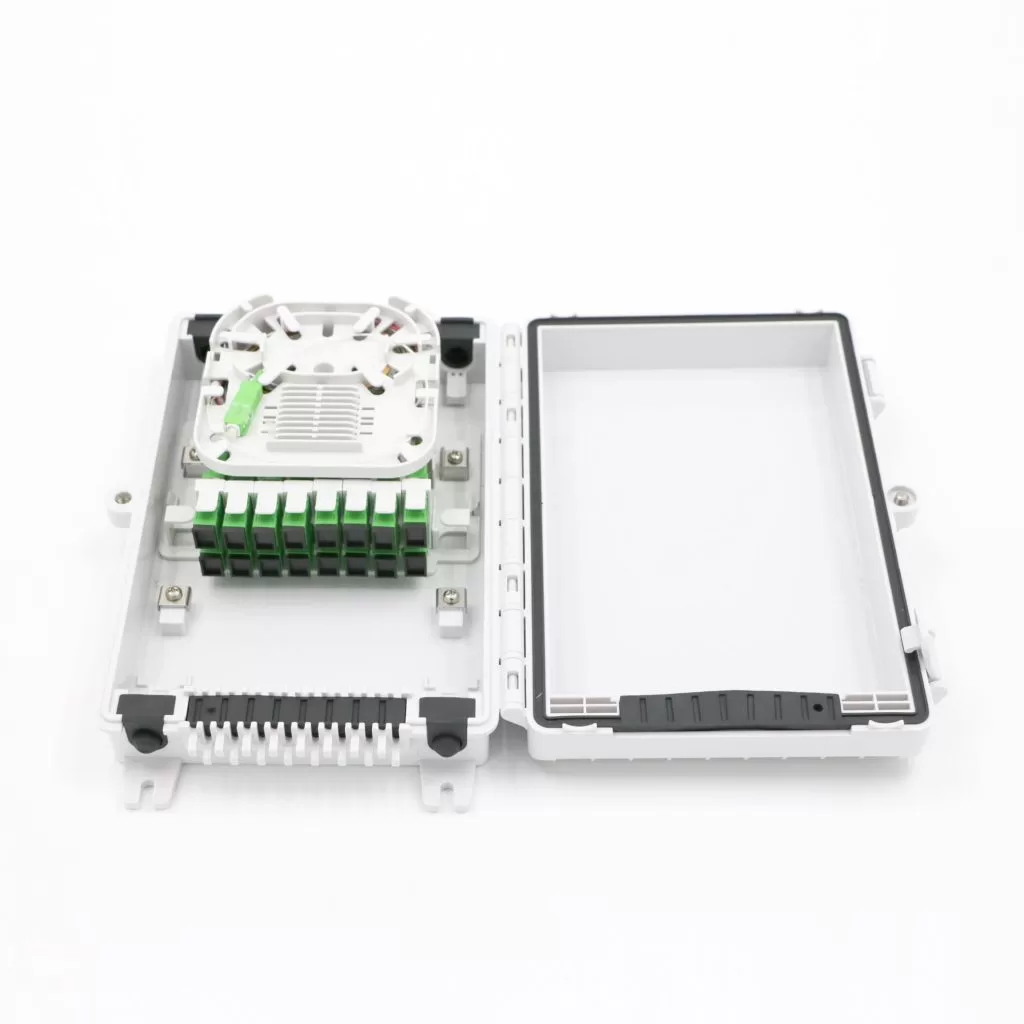
8 Port Splitter Fiber Distribution Box: Streamlining Fiber Connectivity in MDUs
•
The 8 port splitter fiber distribution box plays a vital role in Multi-Dwelling Units (MDUs) for Fiber-To-The-Home (FTTH) deployments. It provides a compact and efficient solution for splitting and distributing fiber optic signals to individual apartments or units. This enclosure houses an optical splitter, which divides an incoming fiber optic
-
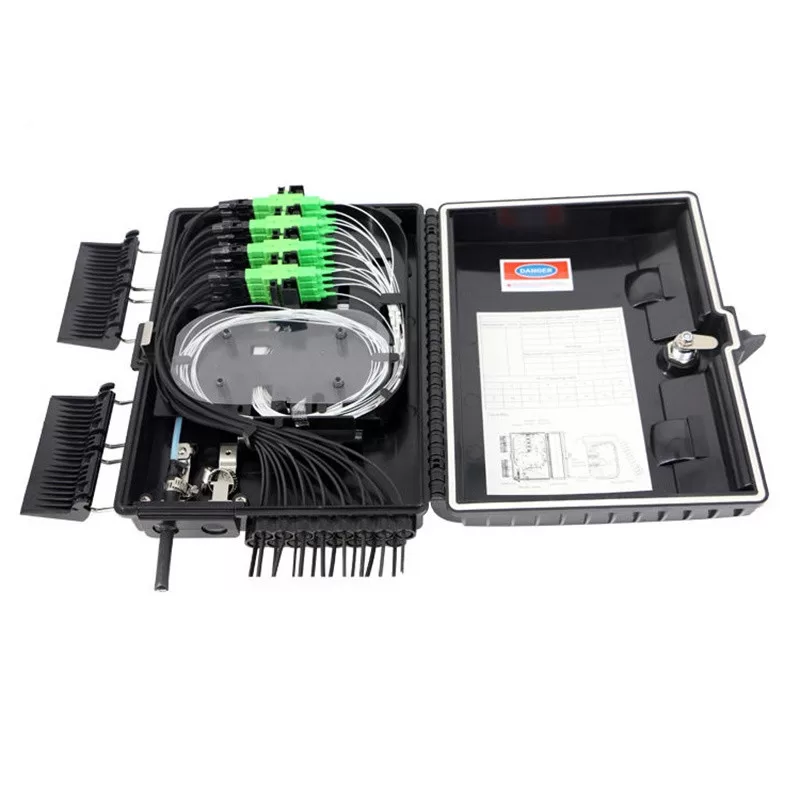
16 Port Fiber Optic Distribution Box: Organization for Your Fiber Network
•
The 16 port fiber optic distribution box is a crucial component in organizing and protecting fiber optic cable terminations. It provides a central location for connecting feeder cables to subscriber drop cables in Fiber-To-The-Home (FTTH) and Fiber-To-The-Building (FTTB) applications. Protection: The enclosure shields fiber optic cables from physical damage, dust,
-
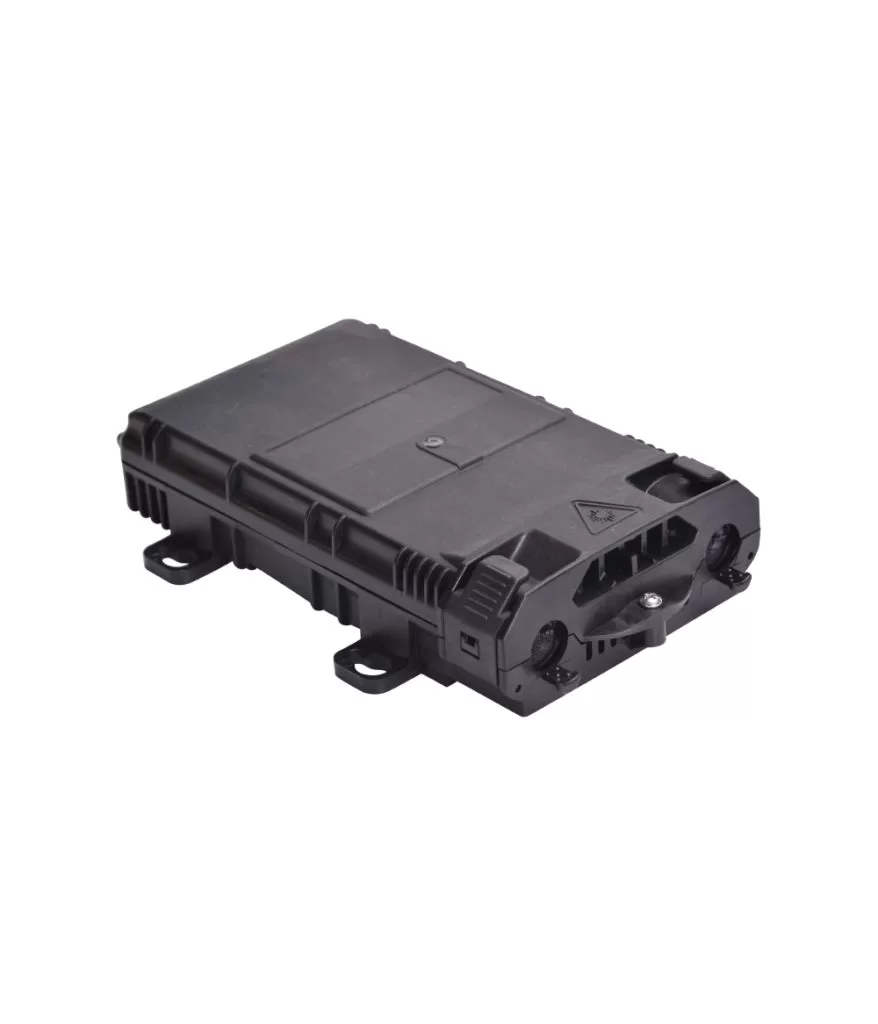
กล่องกระจายไฟเบอร์ 8 พอร์ต: คู่มือการจัดระเบียบและการป้องกันเครือข่ายไฟเบอร์ของคุณ
•
An 8 port fiber distribution box (FDB) is a crucial component in organizing, protecting, and managing fiber optic cable terminations within your network infrastructure. They provide a central location for connecting and splicing fiber optic cables, ensuring efficient signal distribution and safeguarding these delicate fibers. FDBs are enclosure units designed
-
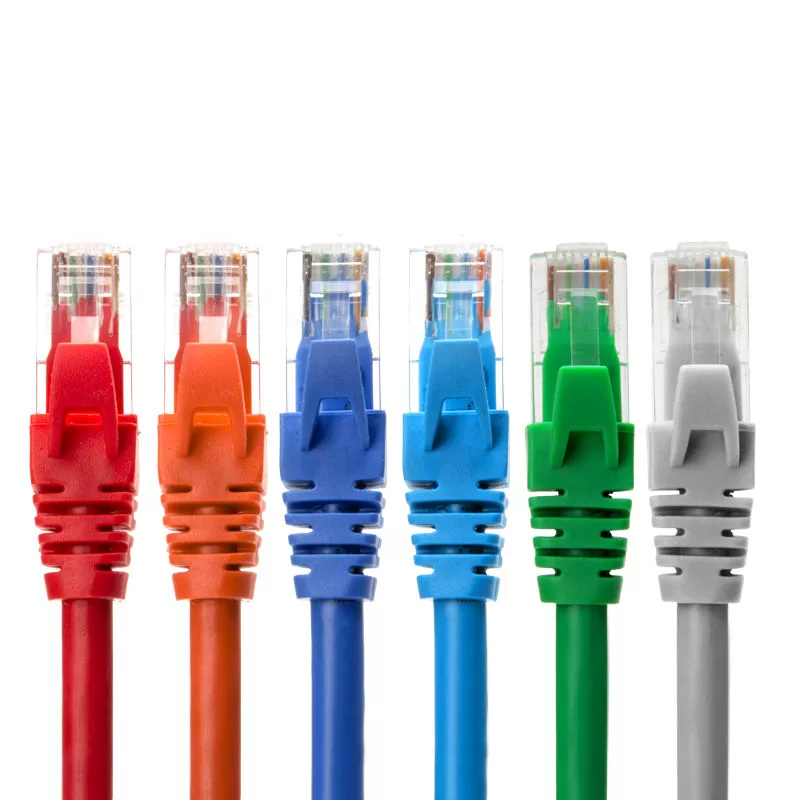
Cat5e Patch Cables: Reliable Connectivity for Your Network
•
Cat5e patch cables are the workhorses of network connectivity. They’re essential for connecting devices like computers, routers, switches, and printers within a home or office network. But with so many cable options available, choosing the right Cat5e patch cable can seem daunting. Cat5e stands for Category 5 enhanced. It’s an
-
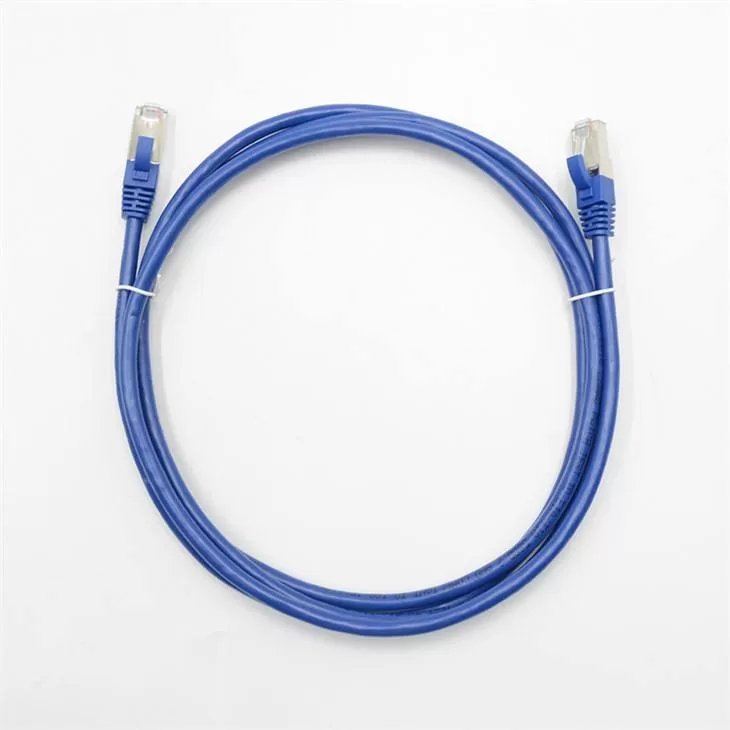
Cat6a Ethernet Network Patch Cable: The High-Performance Networking Solution
•
Cat6a Ethernet patch cables are the latest generation of networking cables designed to support high-speed 10 Gigabit Ethernet (10GbE) connections. Compared to their predecessors, Cat6 cables, Cat6a cables offer improved performance and reliability, making them ideal for demanding applications like data centers, high-performance computing environments, and video streaming. FeatureSpecificationCable Category6aPerformanceUp
-
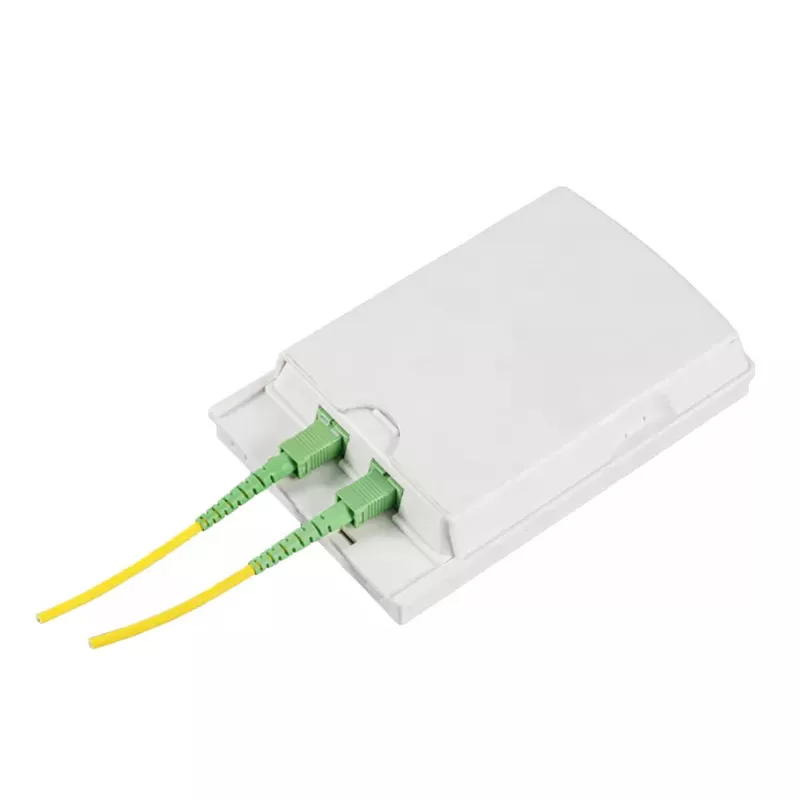
2-Port Fiber Optic Wall Plate Outlet: A Guide to Connectivity and Organization
•
A 2-port fiber optic wall plate outlet is a crucial component for terminating and protecting fiber optic cables in your home or office network. It provides a secure and organized connection point for fiber optic lines, ensuring optimal signal transmission and easy access for maintenance. Unlike traditional copper cables, fiber
-
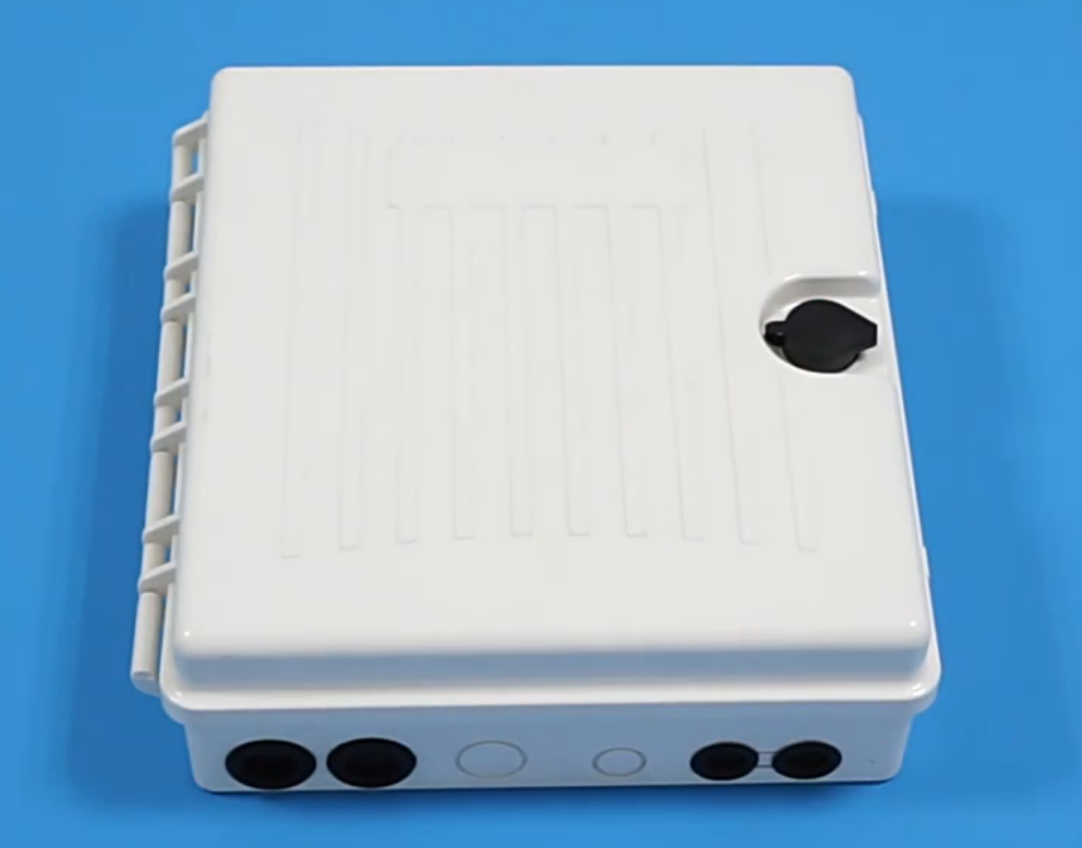
A Guide to 48 Port Fiber Distribution Box
•
In today’s data-driven world, managing fiber optic cables effectively is crucial for businesses of all sizes. Enter the 48 port fiber distribution box: a powerful tool for organizing, protecting, and streamlining your fiber optic connections. A 48 port fiber distribution box, also known as a fiber optic patch panel or
-
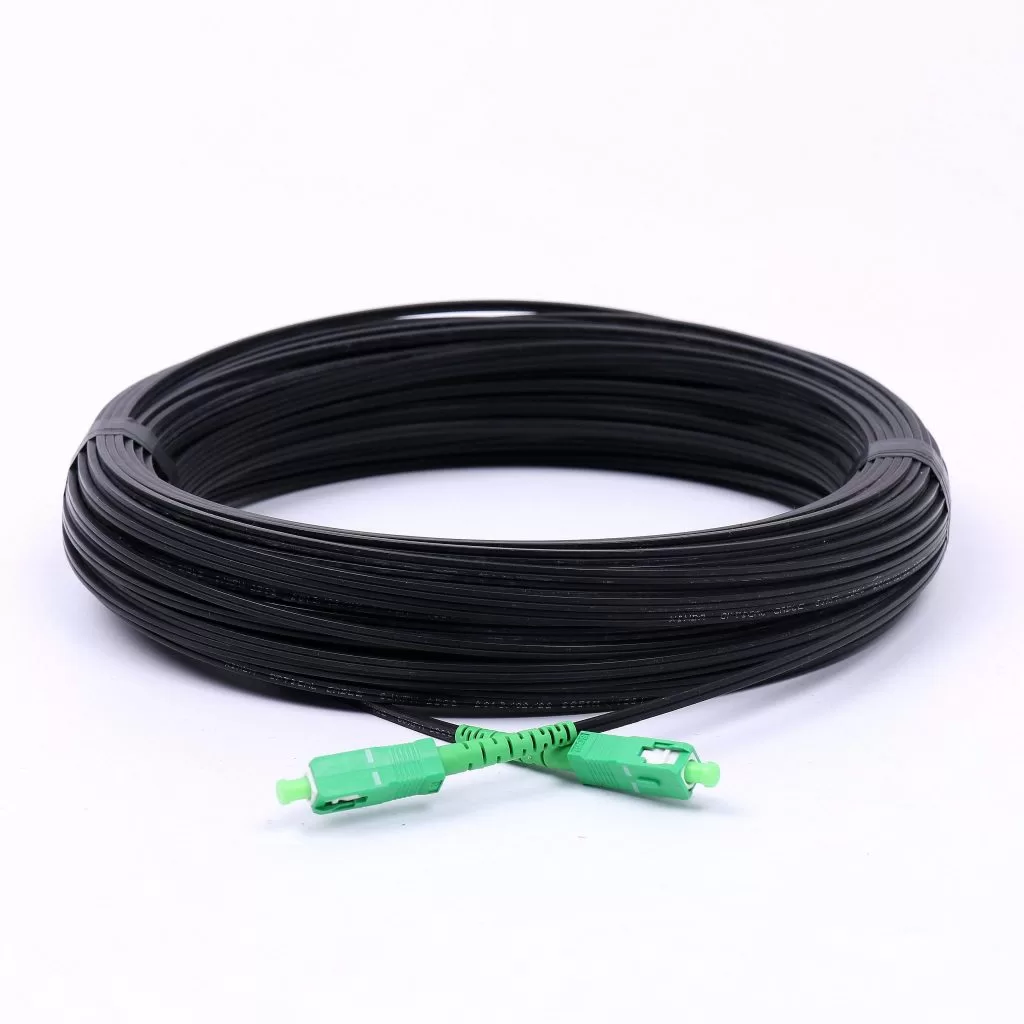
SC Fiber Optic Drop Cable: The Key to Reliable Fiber Optic Connections
•
In today’s data-driven world, fiber optic cables are the backbone of high-speed internet and communication networks. They transmit data using light pulses, offering significant advantages over traditional copper cables in terms of speed, bandwidth, and signal clarity. SC fiber optic drop cables are a crucial component in connecting individual buildings
-
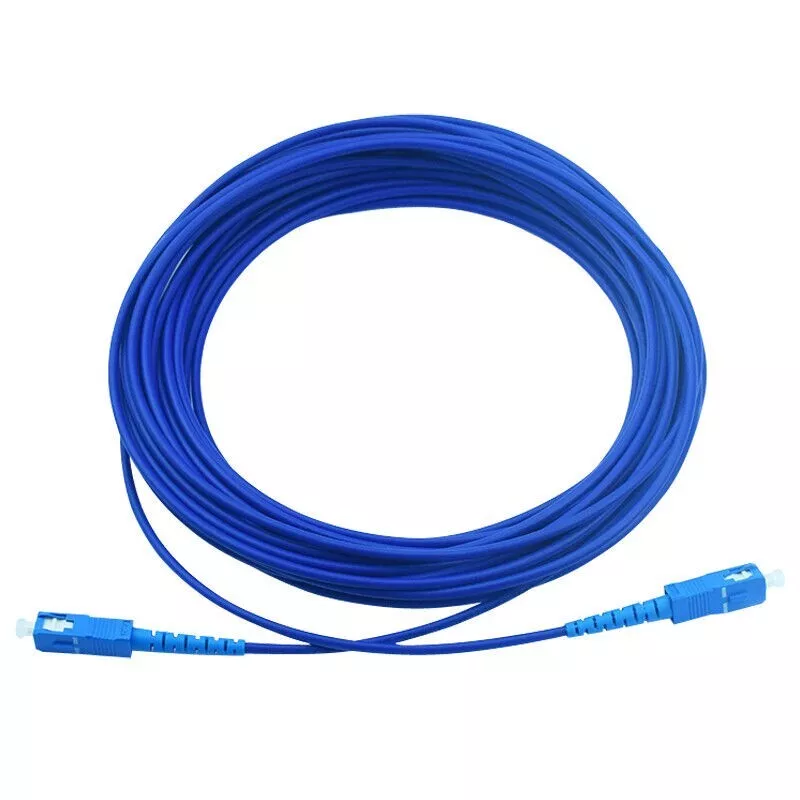
Unveiling the Advantages of SC Single Mode Indoor Armored Fiber Optic Cable
•
For robust data transmission within your facility, SC single mode indoor armored fiber optic cable offers a powerful solution. This cable combines the advantages of single mode fiber with the added protection of an armored sheath, making it ideal for various indoor applications. Single Mode Fiber: At the core of
-

A Guide to SC Multifiber Trunk Assemblies Patch Cables
•
In today’s data-driven world, high-performance network infrastructure is crucial. SC Multifiber Trunk Assemblies Patch Cables offer a powerful solution for businesses seeking to maximize data transmission speeds and optimize network organization. This article delves into the key features and benefits of these cables, along with their applications and considerations for
-
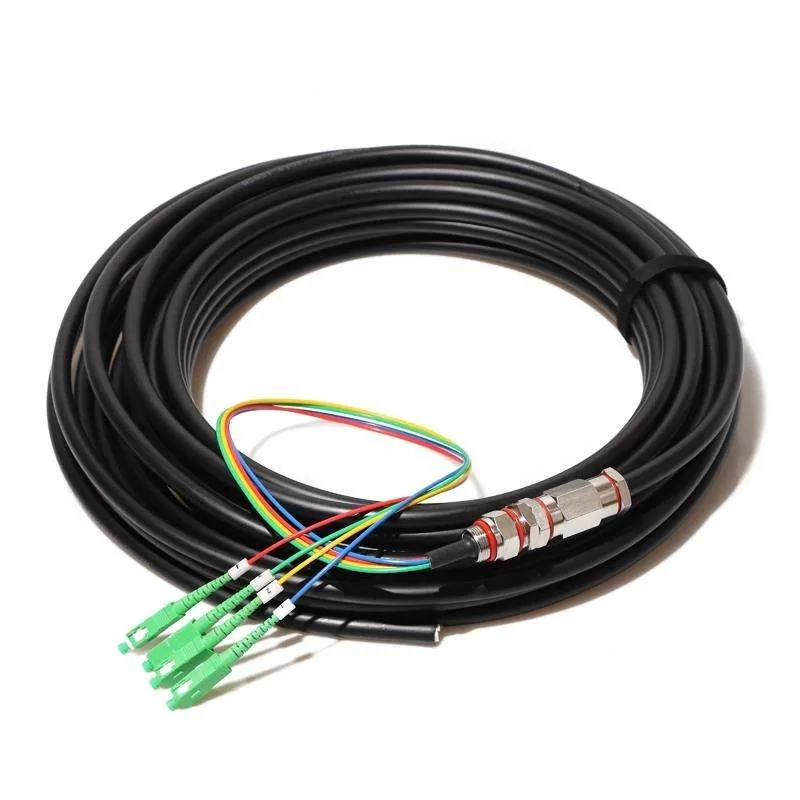
SC Waterproof Fiber Optic Pigtail: Protecting Your Connection in Demanding Environments
•
SC waterproof fiber optic pigtails are essential components for safeguarding fiber optic connections in harsh environments. They offer a reliable and durable solution for data transmission in areas prone to moisture, dust, or extreme temperatures. Unlike standard SC fiber optic pigtails, waterproof pigtails come with additional features to shield the
-
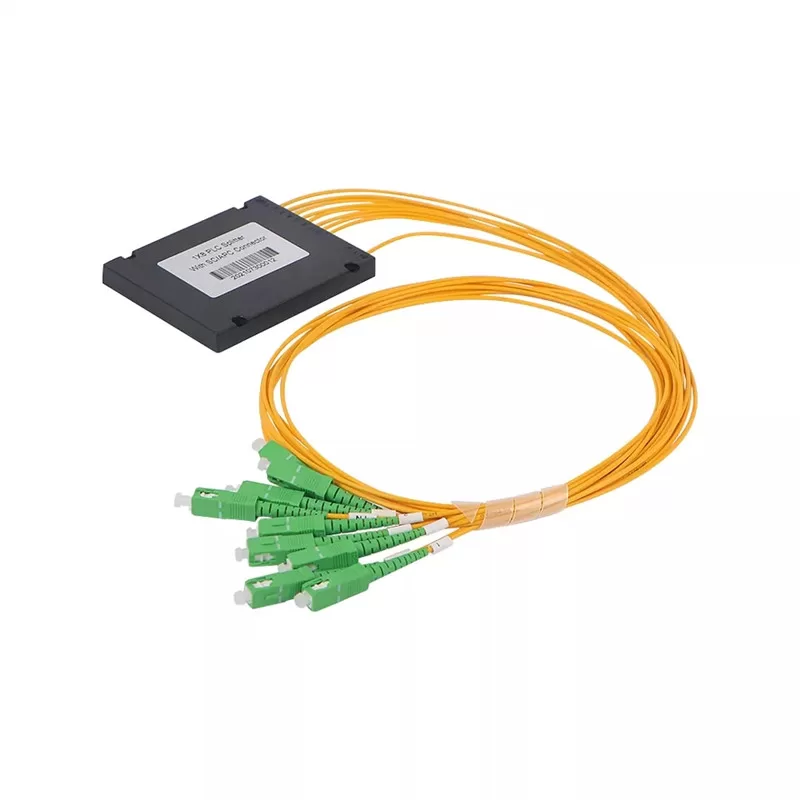
1×8 PLC Fiber Optic Splitter with SC/APC Connectors: Boost Your Network Efficiency
•
The 1×8 PLC fiber optic splitter with SC/APC connectors is a versatile device used to divide a single optical signal into eight output signals. This splitter plays a crucial role in various applications, including: FTTX deployments: Delivering fiber optic internet access to homes and businesses (FTTH, FTTP, FTTB) Passive Optical
-

A Guide to 1×16 PLC Splitters for MDU Fiber Deployment
•
Multiple Dwelling Units (MDUs), like apartment buildings and condominiums, pose unique challenges for internet service providers (ISPs) and network operators. Delivering high-bandwidth, reliable internet to individual units often requires complex and expensive cabling infrastructure. This is where 1×16 PLC fiber optic splitters come in, offering a game-changing solution for MDU
